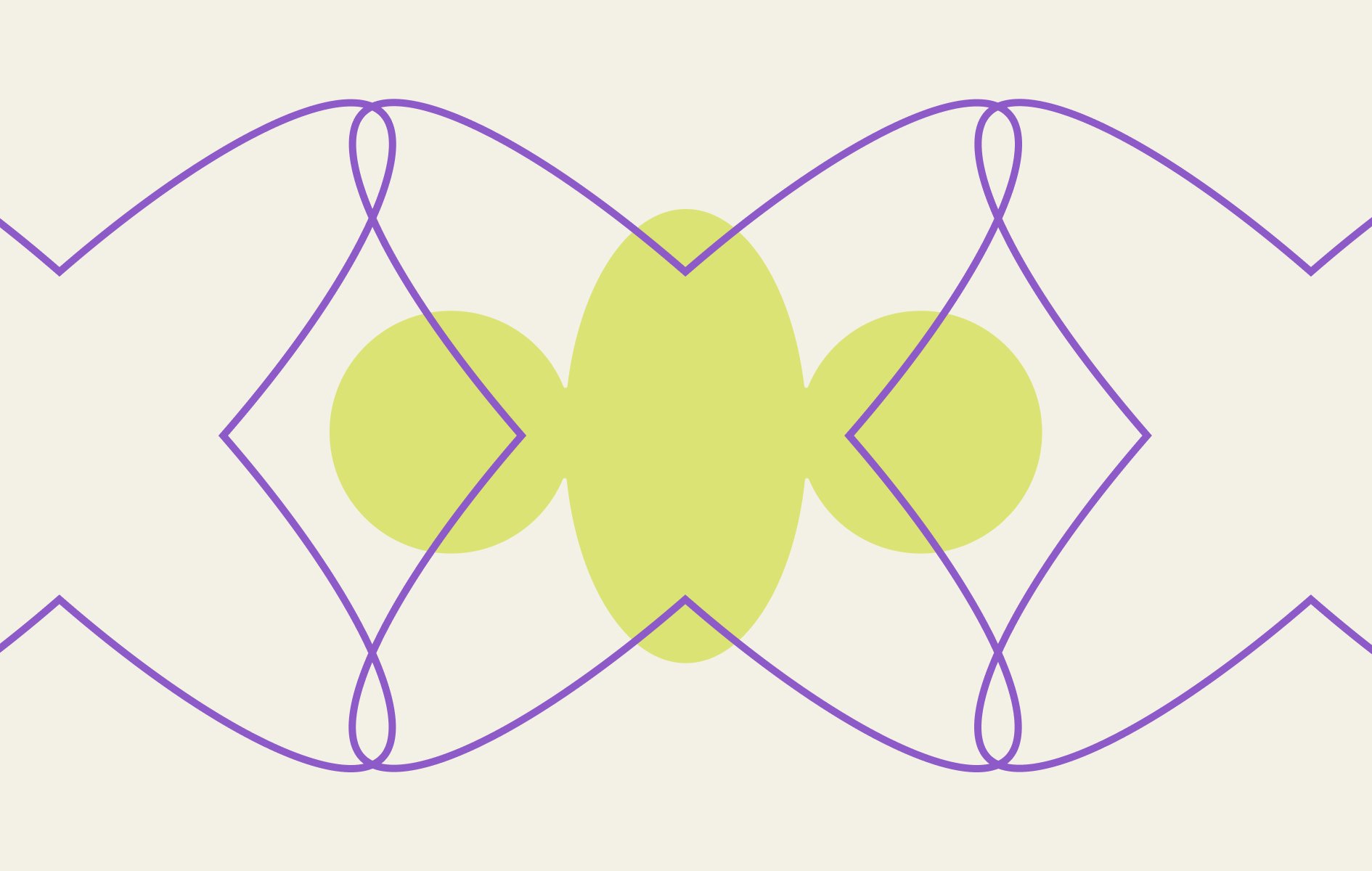
Newsletter 1/18/25Yes, you are too a designer!
I frequently meet people who do not consider themselves designers or feel they could ever be. Many reasons could contribute to this perception of themselves, but when I’m working alongside them to build a creative environment, it is critical for them to believe in their design ability and the creative potential of the space they are part of and are welcomed into by saying:
Your outfit looks great! And the fact that you put on clothes this morning means you're a designer!
This gently points out that, while you might not believe you can think and be creative like a designer, I'm here to tell you otherwise—because you already do!
Anyone who wears clothes—which is most of us:)—goes through a design process to style their look the way they want when they leave the house each morning. Because of this, each of us is a designer.
The very act of choosing what to wear each day is a form of iterative design. As you select your outfit, you engage in a process that reflects your intentionality and personal style. Let's draw an analogy between building a wardrobe and the iterative design process I learned in design school: Analyze, Define, Ideate, Function, Aesthetics, Critique, Select, and Apply, and explore how it applies to something as seemingly simple as getting dressed.
Analyze
Whether you enjoy shopping or not, everyone needs clothes. The first step is to analyze what you need. Are you preparing for a specific event? Looking to update your wardrobe? Need weather-appropriate attire? This initial analysis is the cornerstone of any design project. This needs analysis may happen weeks beforehand or in a split second while browsing a shop. People choose what to wear based on a complex interplay of factors, including personal identity, social context, body image, current mood, cultural norms, fashion trends, and the desire to project a specific image, as noted in the article on Invention and Innovation in Dressing.
Define
Once you've figured out what you need and why, you've entered the definition phase. It’s time to define your needs clearly. For instance, you might realize, “I need a casual outfit suitable for a weekend outing in cool weather that makes me feel elegant and complements my existing wardrobe.”
Ideate
With millions of options to choose from, it’s time to brainstorm to refine your defined need further. Consider style, color, fabric, and brand as you ideate around the clothes you'd like to buy.
Function
Function is crucial as it defines the “work” the item of clothing will perform. If we look back at our definition, we are looking for the key functional elements: "outings and cool weather." So, we know we need a robust sweater that can handle outdoor activities while keeping us warm.
Aesthetics
While we might choose clothes for practical reasons, often it’s about how they make us feel, fostering an emotional attachment. “What we choose to wear can make us feel however we want to feel and present ourselves however we wish to,” reflecting our identity and mood, as discussed in this article on fashion and identity. With this in mind, we address the “casual and elegant” of our original definition.
We all have the ability to define and understand our unique aesthetics, like the ability to speak; we all have a unique way of expressing ourselves. Even if we say we don't know what we like, we usually do. It’s like standing in front of an artwork and instantly feeling whether you like it or not. This is based on personal taste preferences developed through a lifetime of experience.
We use that same experience to select items that fit our unique aesthetics or style. It’s about more than just finding a warm red wool sweater; it’s about how the sweater makes you feel emotionally and intellectually while wearing it. This innate sense of aesthetics guides us in choosing visually appealing items.
Critique
Critique is how you double-check that all the previous decisions are the right ones. You may ask yourself: Is this really the thing I want? Will it meet my needs regarding style, comfort, attraction, or functionality? Will my friends like it? Will my partner like it? Do I like it? If the answer is "yes" to enough of these, it’s time to select...
Select
Now, the exhilarating moment of knowing exactly what you want to wear. You know the brand and have a specific sweater in mind that meets your criteria. Or you simply pull an item off a rack and fall in love!
Apply
The final application step happens once it’s hanging in your closet at home. When the perfect occasion arises, or you need to get out of the house quickly, select the sweater, put it on, and glance in the mirror. At this point, you're critiquing yourself and your choice. Clothing acts as a form of non-verbal communication that reflects our self-perception and how we want to be perceived by others, as highlighted in the Mind What You Wear article. Usually, people don’t leave the house thinking they look terrible. Even in a hurry, they’ve made an aesthetic decision around functionality and emotion, leading them to choose that sweater. They like it and choose to be seen in it, representing who they are and how they want to be perceived.
Embrace your designer-ness… every day.
What we choose to wear can make us feel however we want to feel and present ourselves however we wish to. Every choice you make in your wardrobe is a design decision. Remember, you’re not naked! You’re telling the world who you are when you leave the house dressed.
“When you left the house this morning, you made a thousand design decisions around comfort, aesthetics, function, and how you wanted the world to greet you,” showcasing the essence of being a designer.